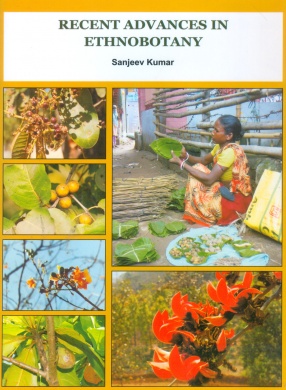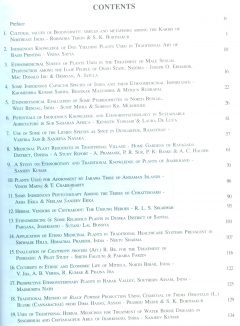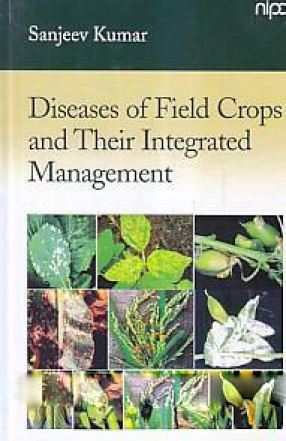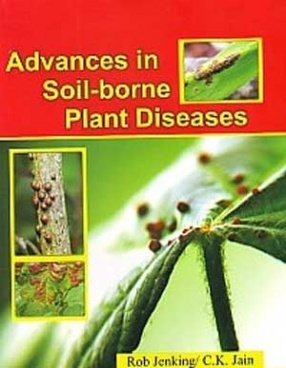The present book is an attempt to provide relevant papers on ethnobotany from reputed and emerging ethnobotanists of India, Africa and the USA. Wide range of source materials and studies in various chapters give glimpses of cross-sectional picture of interactions between man and plants and also focus on the concepts, methodology and future direction of ethnobotanical study. Ethnobotanical studies contribute in cataloguing of biological diversity, which helps in taking decision for conservation of endangered species. The book serves this purpose. There are thirty one chapters in this book covering topics on ethnobotany from the states of the Western Himalayas to the states of the Eastern Himalayas, Rajasthan to Jharkhand, Chhattisgarh and Orissa; M.P. to Tamilnadu and Kerala, and also those of from Andaman and Nicobar. It also covers studies in Nigeria and Sub Saharan part of Africa. The book provides glimpses of Traditional Knowledge (TK) and Indigenous Knowledge (IK) being practiced in the field of medicine and other spheres of day to day life. Acculturation in the society has caused erosion of traditional knowledge. Such data are very useful in conservation of biodiversity and associated TK.
This book will be immensely useful specially to the students, research scholars and the teachers of ethnobotany and allied subjects. It is needless to emphasize that book should find a place on the shelf of each and every connected library in the country to facilitate teaching and research activity, specially in the subject of ethnobotany.
This book is likely to act as treasure-trove for researchers and academicians from different field, NTEP based entrepreneurs and forest officers.











There are no reviews yet.